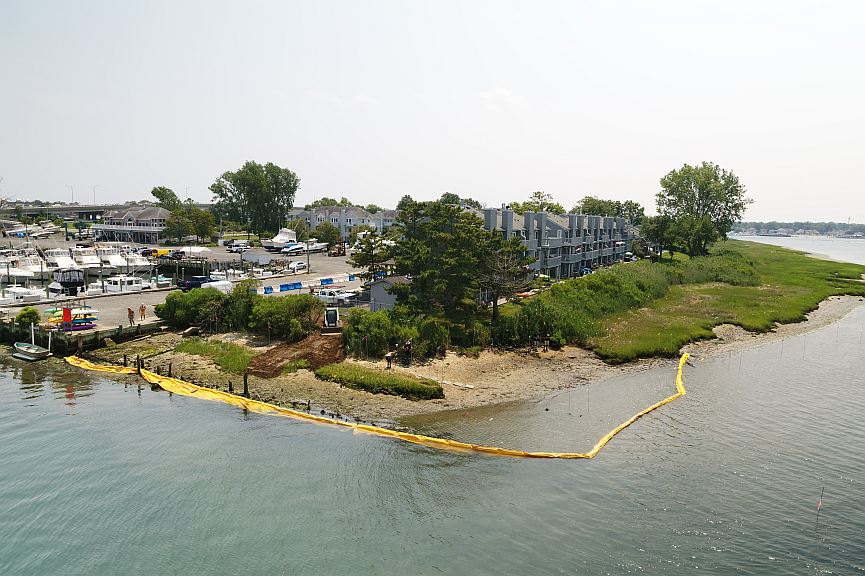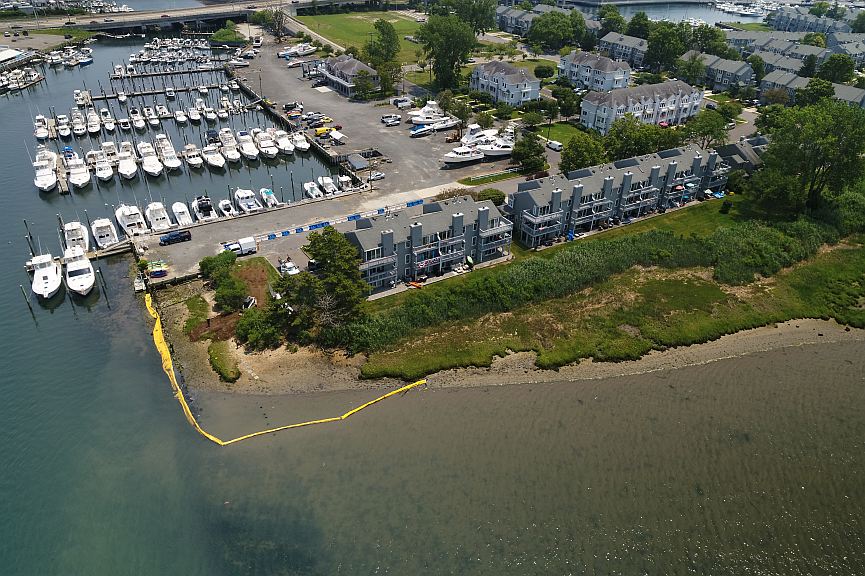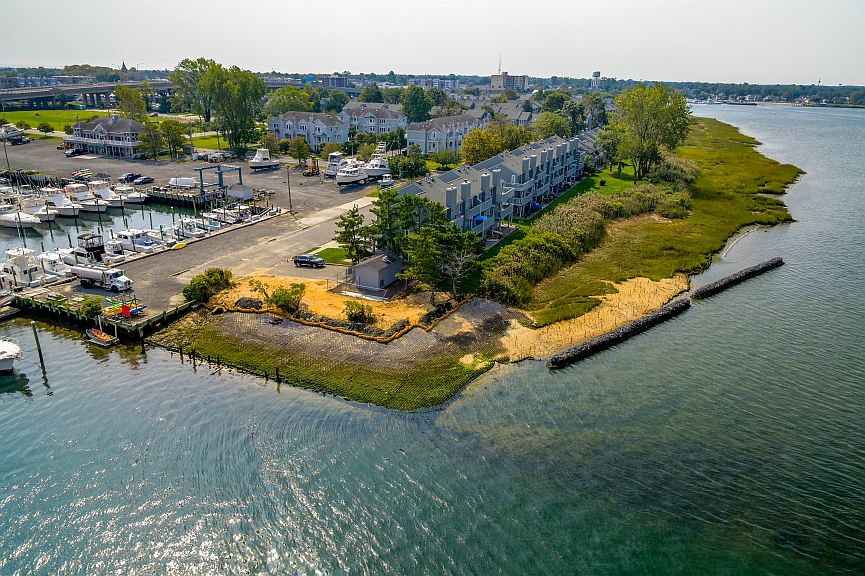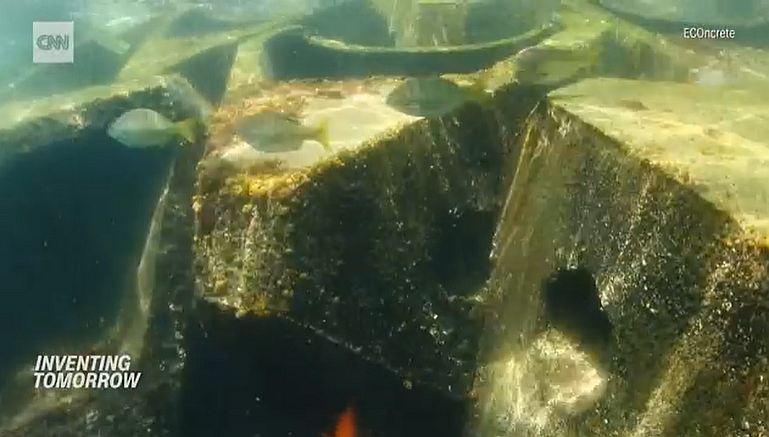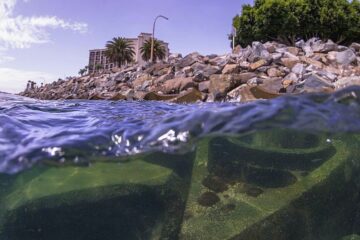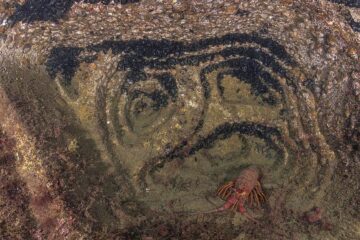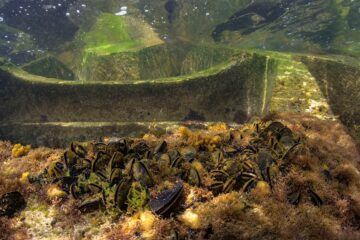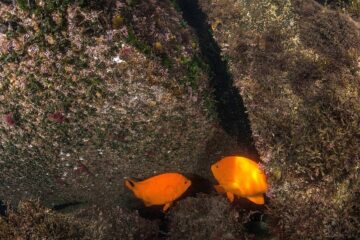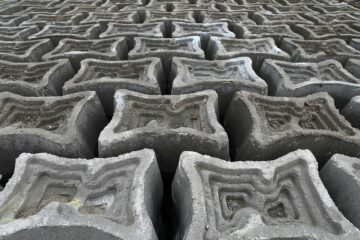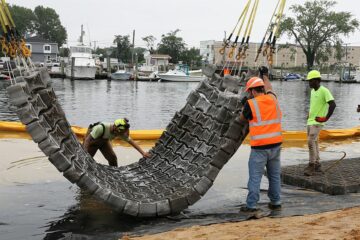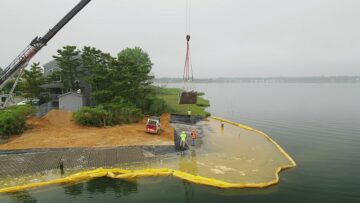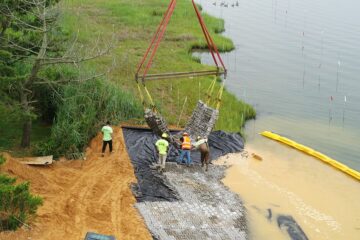
ECOncrete has just joined the AIVP network. This company offers innovative concrete technology solutions for marine infrastructures: they not only provide superior structural performance, but also store carbon and enhance biodiversity. The preservation and restoration of biodiversity is precisely one of the 10 commitments of the AIVP 2030 Agenda. Therefore, we were delighted to discuss with them.
An interview with Dr. Ido Sella, CEO and Co-Founder, ECOncrete.
ECOncrete is a member of AIVP since September 2021.
AIVP – You have just joined AIVP. Can you explain to the other members of our international network how your company was born and the issues you intend to address?
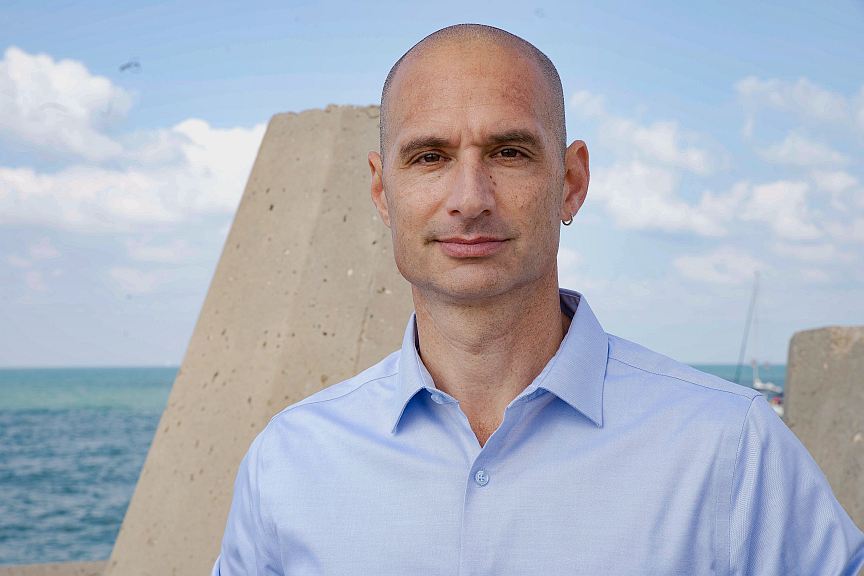
ECOncrete was founded to bridge development and sustainability. Co-founded by myself and my dear friend and research partner Dr. Shimrit Perkol-Finkel, who passed away early this year. ECOncrete developed a concrete technology that allows to build concrete infrastructure that complies with coastal construction standards and can support diverse marine ecosystems, decarbonisation, and greening goals. We provide environmentally and ecologically sound concrete technology for constructing green port infrastructure, to support port authorities needs for sustainability in working waterfronts.
AIVP – What reasons led you to become a member of AIVP and what do you expect from our worldwide network?
Dr. Ido Sella, CEO and Co-Founder, ECOncrete – We were initially impressed by AIVP’s new website and its focus on Agenda 2030, and therefore started to pay attention to its content. In this process, it was a nice surprise when we read about ECOncrete in an interview about Climate adaptation of Michael Zucchet, the Chairman of the Port of San Diego Board of Port Commissioners, following a project we recently finished with the port. We realized there’s so much value, scientific information, data and experiences we can bring to AIVP members and the best way to do it is to be part of the community and share best practices.
AIVP – “Restoring and protecting biodiversity on land and sea in port regions and cities”: this commitment of the AIVP 2030 Agenda fully reflects what constitutes the heart of your activity. Can you give us one or two examples to better understand the solutions you are developing?
Dr. Ido Sella, CEO and Co-Founder, ECOncrete – ECOncrete has developed a concrete technology that can transform any concrete marine infrastructure to ecologically enhanced. By changing three properties of concrete, the composition via admix, the micro surface via surface agents and the macro design via moulding, we enable a diverse community of marine species to grow on the infrastructure, thereby storing carbon, increasing biodiversity, and strengthening the structure via bio-protection.
As an example of the wide range of applicability for the solution, at the Port of Vigo, ECOncrete’s unique technology is being applied across different types of infrastructures, from revetment construction from our new interlocking single-layer concrete armour, the COASTALOCK system, to large port seawalls, and port mooring.
Another great example of the biodiversity our technology can regenerate are the images we just received from an installation at the Port of San Diego that was done just six months ago. They were simply astonishing: bivalves, lobsters, canopy forming algae, large and small fish, and even octopuses and this is just few months after installation.
AIVP – Your technological solutions are now implemented in more than 40 locations. What are the main challenges you had to face?
Dr. Ido Sella, CEO and Co-Founder, ECOncrete – For stakeholders to choose environmental technologies, incentives imposed by environmental policies are often the key. Legislative frameworks that don’t sufficiently promote sustainable construction, create challenges for the adoption of green- blue technologies.
More recently, although COVID-19, created a huge rise in demand for our technology, travel limitations of our teams to project sites has been a significant challenge. We’ve actually taken this as an opportunity to optimize our processes and utilize local teams which enabling us to provide our global partners’ the service they deserve.
AIVP – For some of these projects, have you carried out a monitoring and biodiversity impact assessment?
Dr. Ido Sella, CEO and Co-Founder, ECOncrete – Monitoring is a core part of our operations. ECOncrete’s marine biologists with project and academic partners, have monitored almost all ECOncrete’s installations to date, with results informing over 10 published scientific papers. It was found that implementing the technology resulted in more than doubling local biodiversity and species richness, and reducing the dominance of invasive species. On top of that, the ability to improve local water quality and sequester carbon dioxide was found in both tropical and temperate waters.
We’re looking forward to getting back in the water and monitoring almost two years of ecosystem growth on our projects as soon as possible considering COVID-19 restrictions.
